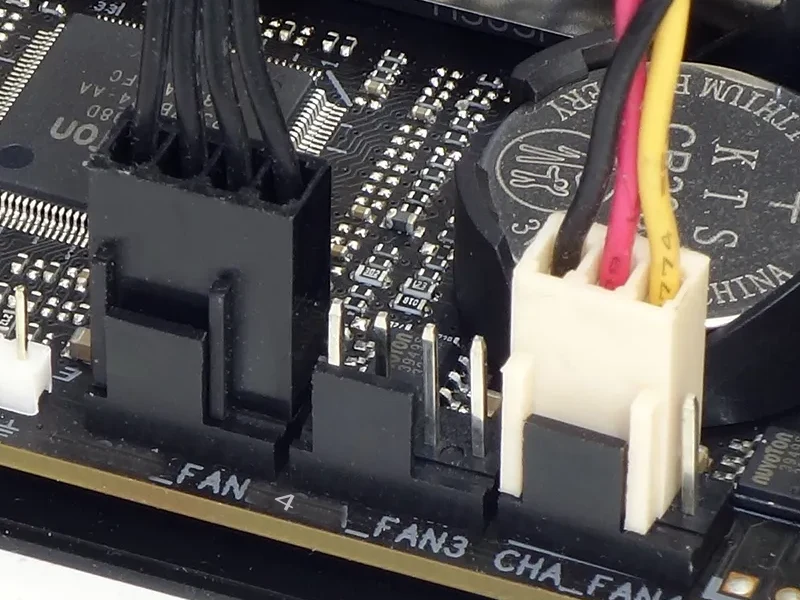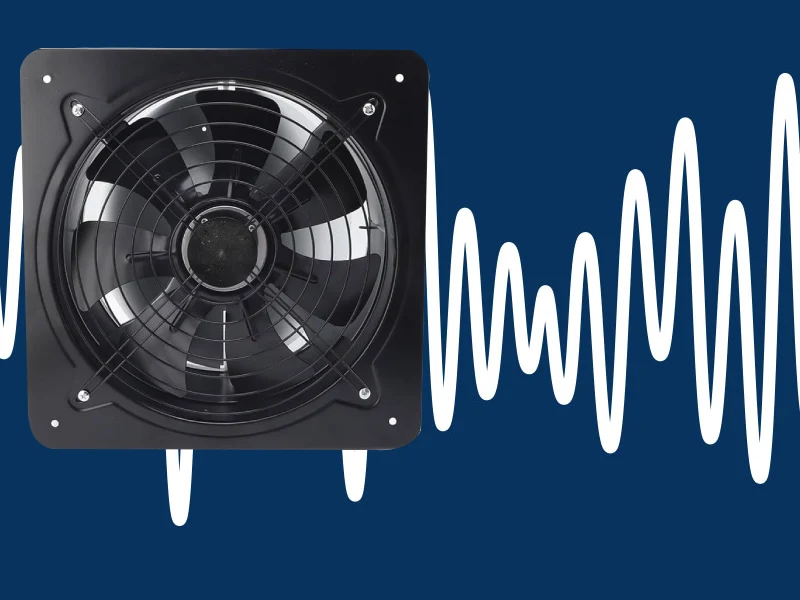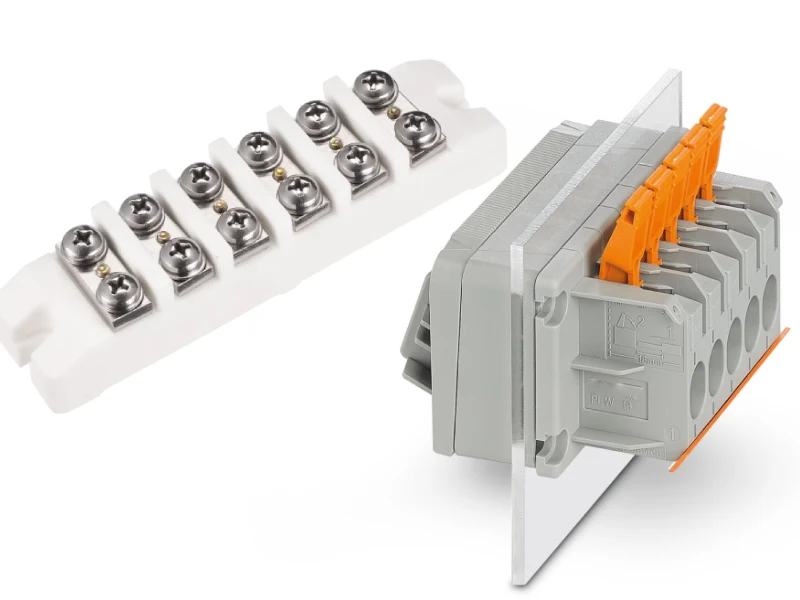So, how does thermoelectric cooling work? Imagine you have a magic bridge that moves heat from one side to the other when you flip a switch. That’s exactly what happens inside a thermoelectric cooler. Electricity flows through special materials, and thanks to the peltier effect, one side gets cold while the other gets warm. When you use a thermoelectric cooler, you see this in action—one side chills your drink, while the other releases heat. Even though thermoelectric cooling technology is less common than regular fridges (traditional cooling makes up about 95% of the market), you’ll find thermoelectric cooling in small gadgets and portable coolers where quiet, compact cooling matters most.
Key Takeaways
- Thermoelectric cooling uses the Peltier effect to move heat from one side of a device to the other, creating a cold side and a hot side with just electricity.
- These coolers have no moving parts, work silently, and fit into small spaces, making them perfect for mini fridges, electronics, and medical devices.
- While less energy efficient than traditional coolers, thermoelectric systems offer reliable, quiet, and eco-friendly cooling for small areas and portable uses.
How Does Thermoelectric Cooling Work
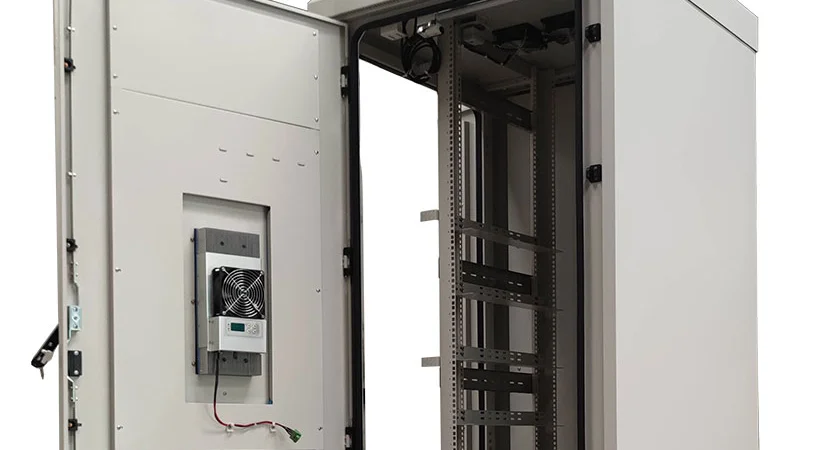
The Peltier Effect
Let’s start with the heart of thermoelectric cooling: the Peltier effect. You might wonder, how does thermoelectric cooling work? The answer goes back to a discovery made in 1834 by a French physicist named Jean-Charles Peltier. He found that when you run electricity through the junction of two different materials, heat either gets absorbed or released at that spot. This is the Peltier effect. It’s not like regular heating from a wire (which just gets hot everywhere). Instead, the Peltier effect creates a temperature gradient—one side gets cooler, and the other side gets warmer, depending on the direction of the current.
Here’s a simple way to picture it: Imagine you have a bridge made of two different materials. When you send electricity across, the bridge either pulls heat from one side or pushes it to the other. This is what makes a peltier cooler work. The effect is reversible, so if you flip the direction of the current, the hot and cold sides swap places. That’s why thermoelectric coolers can both chill and heat, just by changing the flow of electricity.
Fun Fact: The Peltier effect is different from regular heating because it depends on the direction and strength of the electric current, not just the amount of electricity.
Moving Heat with Electricity
Now, let’s break down how thermoelectric cooling works inside a real device. When you turn on a thermoelectric module, you send electricity through a bunch of tiny blocks made from special materials called semiconductors. These blocks are arranged in pairs—one type called n-type and the other called p-type. Each pair forms a little team that moves heat from one side to the other.
Here’s what happens step by step:
- Electricity Flows In: You apply a voltage to the thermoelectric module. This starts the flow of electrons (in n-type) and holes (in p-type).
- Heat Gets Picked Up: As these charge carriers move through the module, they grab heat energy from the cold side. This creates a temperature gradient, with one side getting colder.
- Heat Travels Across: The electrons and holes carry the heat through the semiconductors to the other side of the module.
- Heat Gets Released: When the charge carriers reach the hot side, they drop the heat energy there. This side gets warmer.
- Continuous Cycle: As long as you keep the electricity flowing, the thermoelectric module keeps pumping heat from the cold side to the hot side.
If you reverse the current, the process flips. The cold side becomes hot, and the hot side becomes cold. That’s why a peltier cooler can both cool and heat, depending on how you wire it.
Thermoelectric cooling doesn’t use any moving parts or refrigerants. Instead, it relies on the atomic-level movement of electrons and holes to transfer heat. This makes thermoelectric modules very reliable and quiet. You’ll often see them in small coolers, portable fridges, and even in electronics that need precise temperature control.
A typical thermoelectric module can create a temperature difference of up to 60–70°C between its hot and cold sides. That’s a big enough gradient to keep drinks cold or sensitive electronics from overheating. The actual performance depends on how well you can get rid of the heat on the hot side. If the room is cooler, or you use a good heat sink, the module works even better.
Tip: Thermoelectric cooling works best when you need to cool a small space or a specific spot. It’s not as efficient for large rooms, but it’s perfect for mini fridges, CPU coolers, and other compact devices.
So, how does thermoelectric cooling work? You use the Peltier effect to move heat with electricity, creating a temperature gradient between two sides of a thermoelectric module. This simple, solid-state process lets you cool or heat things with just the flip of a switch.
Thermoelectric Cooling Components
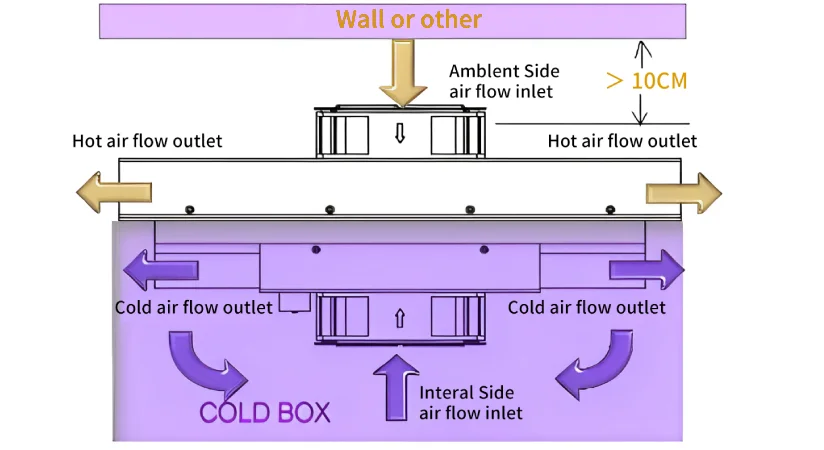
Semiconductors in Action
When you look inside a thermoelectric module, you find rows of tiny blocks called semiconductors. These blocks come in two types: n-type and p-type. N-type semiconductors have extra electrons, while p-type ones have spaces called holes. Both types work together to move heat from one side of the module to the other. Bismuth Telluride is a popular choice for these blocks because it lets the charge carriers move easily but stops regular heat from sneaking through. This makes thermoelectric cooling much more efficient.
You might wonder how these semiconductors actually work together. In a thermoelectric cooler, the n-type and p-type blocks line up in a pattern, kind of like a chessboard. When you turn on the power, electrons and holes start moving. They pick up heat from the cold side and carry it to the hot side. This teamwork is what makes thermoelectric devices so good at cooling small spaces.
Heat Sinks and Cooling
To keep your cooler working well, you need to get rid of the heat that builds up on the hot side. That’s where heat sinks come in. Most thermoelectric coolers use heat sinks made from aluminum or copper. Copper spreads heat really well, with a thermal conductivity of about 400 W/(m·K), while aluminum is lighter and still pretty good at moving heat, with values around 180 W/(m·K). If you use a better heat sink, your thermoelectric module can cool things faster and use less energy.
Tip: A good heat sink can make a big difference in how well your thermoelectric cooling system works.
Peltier Cooler Structure
A peltier cooler, which is another name for a thermoelectric module, has a simple but clever design. You get two ceramic plates, usually made from alumina, with copper pads attached. Between these plates, you find the n-type and p-type semiconductor blocks arranged in a chessboard pattern. The blocks connect electrically in series and thermally in parallel. When you turn on the current, heat moves from one ceramic plate to the other. The whole assembly often gets sealed to keep out moisture and protect the parts inside.
Thermoelectric cooling devices use this structure to pump heat with just electricity—no moving parts, no noisy fans. That’s why you see thermoelectric modules in mini fridges, portable coolers, and even some electronics.
Pros, Cons, and Uses
Advantages
When you look at thermoelectric cooling, you find some clear benefits that make it stand out from regular compressor-based systems. Here’s why you might choose a thermoelectric cooler:
- No moving parts, so you get high reliability and almost no maintenance.
- Silent operation—perfect for places where you want quiet, like bedrooms or labs.
- Compact and lightweight design, which makes it easy to fit into small devices.
- Fast and precise temperature control. You can adjust the cooling by simply changing the electric current.
- Eco-friendly, since thermoelectric cooling uses no refrigerants and has a smaller environmental impact.
- Works in any position, so you don’t have to worry about how you install your cooler.
Tip: Thermoelectric coolers last a long time. Many run for over 200,000 hours without trouble.
Here’s a quick comparison:
| Feature | Compressor-Based Systems | Thermoelectric Cooling |
|---|---|---|
| Size | Bulky | Compact |
| Maintenance | Needs servicing | Minimal |
| Noise Level | Loud | Silent |
| Temperature Control | Slower, less precise | Fast, precise |
| Environmental Impact | Uses refrigerants | No refrigerants |
| Application Size | Large | Small/Medium |
| Installation | Complex | Easy |
Disadvantages
Thermoelectric cooling does have some downsides, especially when you need to cool bigger spaces or care about energy efficiency.
- Lower energy efficiency compared to traditional systems. You use more electricity for the same amount of cooling.
- Thermoelectric cooling performance drops if you don’t remove heat well from the hot side.
- Not great for large rooms or high cooling loads. The system works best for small or medium spaces.
- You need good heat sinks to keep things running smoothly.
- Thermoelectric coolers do not dehumidify air, which can be a problem in some uses.
Thermoelectric cooling efficiency is usually lower than compressor-based systems. The coefficient of performance (COP) for a thermoelectric cooler often falls below 1, while regular fridges do much better. So, you pay more in electricity if you try to cool a big area with a peltier refrigerator or use it as a main heat pump.
Common Applications
You see thermoelectric cooling in lots of places where small size, quiet operation, and reliability matter most. Here are some popular thermoelectric cooling applications:
- Mini fridges and portable coolers for drinks and snacks
- Electronics cooling, like for CPUs, microprocessors, and laser diodes
- Medical devices, including insulin coolers and spot-cooling for therapy
- Picnic refrigerators and travel coolers
- Low noise amplifiers and sensitive lab equipment
Thermoelectric cooling is also growing in consumer electronics. You find it in smartphones, laptops, and wearables, where space is tight and you need reliable cooling. The market for thermoelectric cooling devices keeps expanding as more people want compact, efficient solutions.
Note: In medical devices, thermoelectric cooling helps keep sensitive parts at the right temperature, which improves safety and performance.
You’ve seen how thermoelectric devices use electricity to move heat, giving you quiet, reliable, and eco-friendly temperature control.
- You get silent operation, no moving parts, and precise control for small spaces.
- Thermoelectric systems work well in mini fridges, electronics, and medical gear.
Thinking about a portable or quiet solution? Thermoelectric might be your best choice!
FAQ
How long does a thermoelectric cooler last?
You can expect your thermoelectric cooler to last for years. Most run over 200,000 hours because they have no moving parts.
Can you use a thermoelectric cooler in any position?
Yes! You can place your thermoelectric cooler upright, sideways, or even upside down. It works in any position because it has no compressor.
Is thermoelectric cooling safe for food and medicine?
Absolutely. Thermoelectric coolers use no chemicals or refrigerants. You can safely store snacks, drinks, or medicine without worry.

